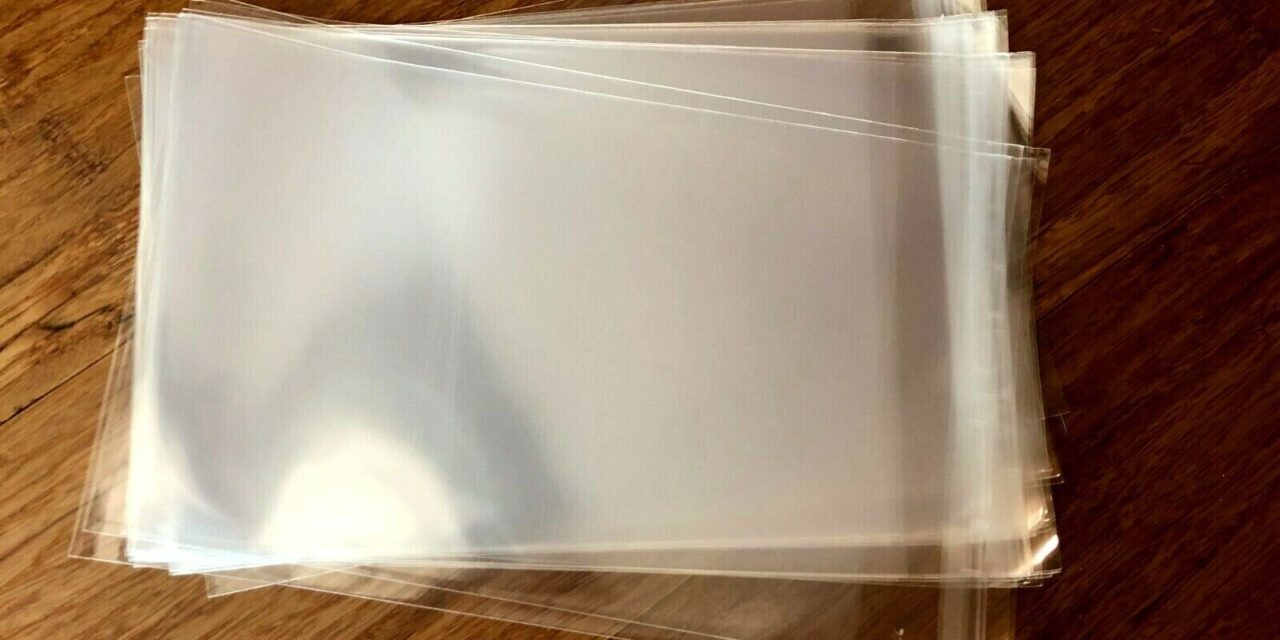Welcome to the world of cellophane, a material that you frequently encounter but may know little about. It is in your kitchen cabinets, gift wraps, product packaging, and sometimes even your artsy DIY projects. It is none other than cellophane and today you are about to discover its journey from basic raw materials to the cherished cellophane bags max that come in handy in many ways.
A Bit About Cellophane
Cellophane is a transparent film made from cellulose derived from wood, cotton, or hemp. Discovered around 1908 by Swiss chemist Jacques E. Brandenberger, it quickly became popular due to its moisture-proof properties. Its transparency also paved the way for products to become more visually appealing while still being protected.
The Main Ingredient: Cellulose
The most vital ingredient in the process of making cellophane bags is cellulose. This is a complex carbohydrate found in plant cell walls and fiber crops like cotton or wood pulp. Cellulose can be utilized effectively since it provides strength and durability which are crucial for the final product.
Extraction of Cellulose
Acquiring cellulose involves a process called pulping where wood chips are placed in a chemical bath. This results in separating lignin (another complex molecule) from cellulose fibers. After several rinses, these fibers go through a bleaching process which produces clean and pure cellulose.
Dissolving the Cellulose
Once extraction completes, the next step involves dissolving the cellulose into a substance known as viscose. This is achieved by soaking cellulose fibers in sodium hydroxide then introducing carbon disulphide which transforms cellulose into a yellowish solution.
Formation of Cellophane Sheet
This viscose is then solidified into cellophane film through a process called “regeneration”. It is filtered and pumped through a slit into an acid bath. Here, the acid helps regenerate cellulose, transforming it back to a solid state producing a thin sheet of cellophane.
Washing and Bleaching
The newly formed cellophane sheet undergoes rinsing to get rid of any residual chemicals. Later, it is bleached to ensure it gets its characteristic transparent appearance.
Softening Process
The next stage in this whole fascinating process is the softening of this bleached and clean cellophane film. This involves soaking the film in a mixture of glycerin and water. This not only softens the film but also increases its flexibility and prevents it from becoming brittle.
Drying the Film
Drying is crucial before cellophane can be further processed or used in manufacturing bags. The newly softened film passes through heated rollers that dry and smooth out the cellophane film.
Cutting and Converting
Following this thorough process, comes cutting and converting where this final product, dried film, is cut according to different sizes or shapes as required for various purposes such as wrappers or containers. These pieces are then converted into bags using heat sealing or adhesives.
Glossing
An optional process towards the end adds gloss to these bags for enhancing their appeal. A clear lacquer may be applied to one or both sides of these newly formed bags to make them shiny.
Packaging and Distribution
These manufactured bags are then packaged into bundles, ready to be distributed to retailers, wholesalers or straight for consumer purchase. Thus, these cellophane bags find their way to you after being meticulously produced via a complex process that ensures safety and quality.
Wrapping It Up
While it may appear simple – getting from a tree to the cellophane bag in your hands is an intricate journey backed by robust science and technology. It is based on care and precision at each step, from understanding the nature of cellulose, careful extraction, thoughtful washing, cutting with precision, right to reaching your hands while maintaining its aesthetic appeal too. The beauty of these transparent cellophane bags lies not only in their usability but also in their backstory of innovation and technology.






